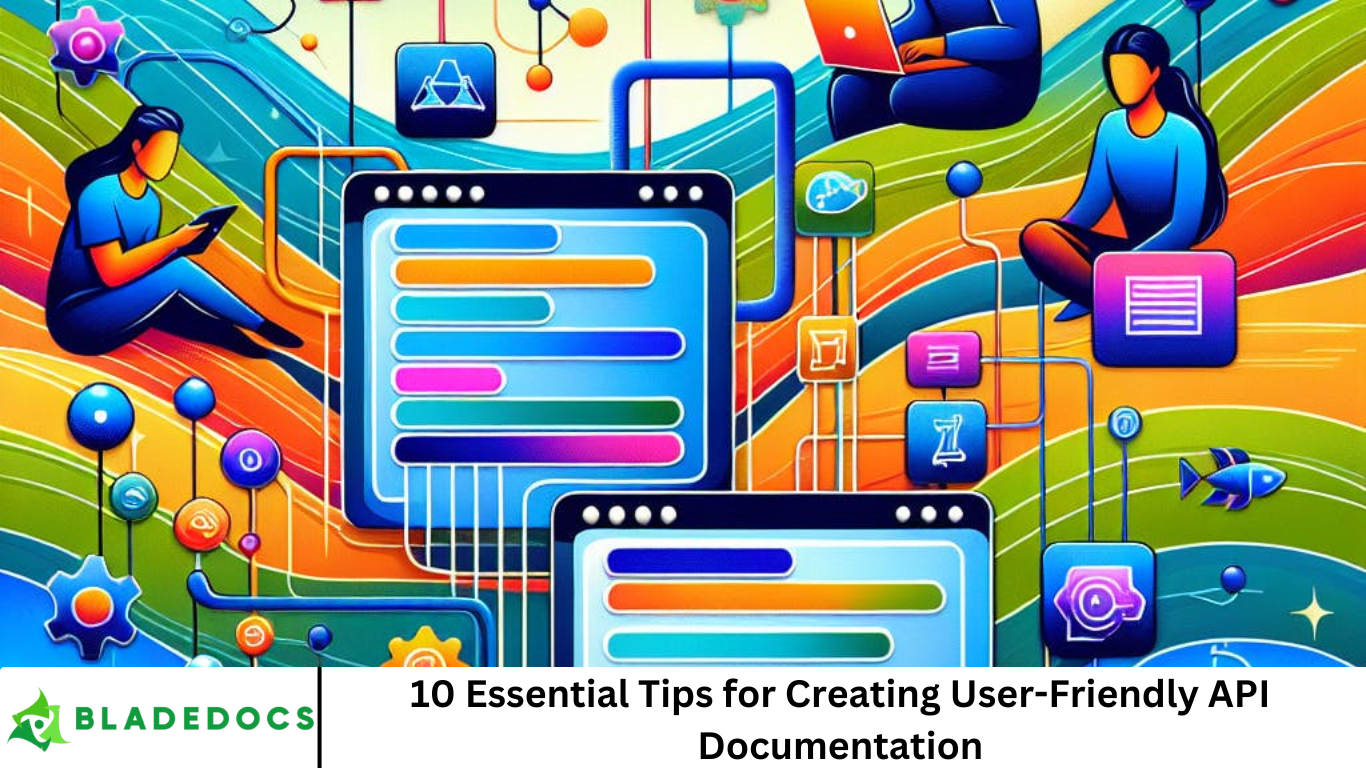Fast-paced, developer-driven world, APIs (Application Programming Interfaces) are the backbone of modern software development. Whether you’re building a public-facing service or an internal tool, the quality of your API documentation can make or break its adoption.
Well-written documentation acts as a bridge between your technology and the developers who use it. In this comprehensive guide, we’ll explore 10 essential tips for creating user-friendly API documentation that enhances usability, reduces friction, and boosts developer satisfaction.
1. Know Your Audience
Before you write a single word, understand who will be reading your documentation. Are they seasoned developers, data analysts, or complete beginners? Tailor your language, tone, and examples accordingly. Knowing your audience helps you determine the right balance between technical depth and accessibility.
Key Strategies:
- Create user personas to understand needs.
- Provide beginner and advanced sections.
- Avoid jargon unless absolutely necessary, and define it clearly when used.
2. Start with a Clear Overview
Every API documentation should begin with a concise and informative overview. This section helps users quickly understand what your API does, its key features, and typical use cases.
What to Include:
- A one-paragraph summary of the API.
- Key benefits and use cases.
- Authentication and access requirements.
3. Offer a Quick Start Guide
A quick start guide is often the first stop for new users. It should walk them through the process of making a successful API call in the shortest amount of time.
Tips for Effectiveness:
- Keep it short and actionable.
- Include code samples in multiple popular languages.
- Highlight authentication and base URLs.
4. Use Consistent and Clear Structure
A well-organized structure makes your documentation easier to navigate and understand. Each section should follow a predictable format to minimize cognitive load.
Structural Best Practices:
- Use consistent headings and subheadings.
- Break down endpoints logically (e.g., grouped by function).
- Include an always-visible table of contents.
5. Provide Real-World Examples
Examples are often more helpful than abstract descriptions. Show real-world use cases to help users understand how your API works in practical scenarios.
Examples Should Include:
- Sample requests and responses.
- Use-case driven walkthroughs.
- Error and edge case handling.
6. Include Interactive API Explorers
An interactive API explorer allows users to test endpoints directly within the documentation. This hands-on feature reduces the learning curve significantly.
Implementation Tools:
- Swagger (OpenAPI)
- Postman documentation
- Redoc or Stoplight Studio
7. Document Authentication and Error Codes Thoroughly
Security and troubleshooting are critical for developers. Clearly document all authentication methods and provide a comprehensive list of error codes and what they mean.
What to Cover:
- OAuth2, API keys, JWT tokens, etc.
- Common HTTP status codes and custom errors.
- Tips for resolving errors or common mistakes.
8. Keep It Up to Date
Outdated documentation is worse than no documentation. Ensure that your docs evolve along with your API.
Maintenance Tips:
- Integrate documentation into your CI/CD pipeline.
- Assign ownership for documentation updates.
- Use changelogs and versioning indicators.
9. Make It Searchable and Navigable
If users can’t find what they’re looking for quickly, they’ll give up. Ensure your documentation is easy to search and navigate.
Usability Enhancements:
- Add search functionality.
- Tag sections with relevant keywords.
- Use collapsible menus and clear navigation paths.
10. Collect Feedback and Iterate
Documentation should be a living resource that improves with feedback. Include mechanisms for users to share their experiences or report issues.
Feedback Channels:
- Embedded feedback buttons.
- Developer forums or Slack communities.
- Analytics on user interaction and search queries.
Frequently Asked Question
Why is user-friendly API documentation important?
User-friendly API documentation improves developer experience, reduces onboarding time, and minimizes support requests. Clear, accessible docs empower developers to adopt and integrate your API more quickly and successfully.
What should be included in a quick start guide for an API?
A quick start guide should cover the basic steps to make a successful API request, including how to authenticate, the base URL, required headers, and a simple example request and response—ideally in multiple programming languages.
How often should API documentation be updated?
API documentation should be updated whenever the API changes. This includes adding new endpoints, deprecating features, changing authentication methods, or updating error codes. Using a changelog and versioning system can help manage updates effectively.
What tools can help create interactive API documentation?
Popular tools include:
- Swagger / OpenAPI: Automatically generates interactive docs.
- Postman: Great for live testing and sharing collections.
- Redoc: Provides a sleek UI for OpenAPI specs.
- Stoplight Studio: A visual editor and viewer for OpenAPI documentation.
How do I make API documentation accessible for beginners and experts alike?
Segment your content:
- Provide beginner-friendly intros and quick start guides.
- Offer in-depth technical details and edge cases for advanced users.
- Use clear navigation and search to help each user find what they need.
What are common mistakes to avoid in API documentation?
- Writing without knowing your audience.
- Missing or outdated examples.
- Poor structure or navigation.
- Lack of error code documentation.
- No feedback mechanism for improvements.
How can I collect feedback on my API documentation?
You can use:
- Embedded feedback buttons (thumbs up/down or comments).
- Analytics to track popular or hard-to-find topics.
- Community forums or developer Slack groups.
- Periodic surveys or developer interviews.
Conclusion
Creating user-friendly API documentation isn’t just about listing endpoints and parameters. It’s about crafting a seamless experience that empowers developers to integrate quickly, confidently, and efficiently. By applying these 10 essential tips—from knowing your audience to iterating based on feedback—you lay the groundwork for a thriving developer ecosystem. Remember, great documentation isn’t just a nice-to-have; it’s a core part of your API’s success. Invest in it, maintain it, and watch your developer community flourish.


